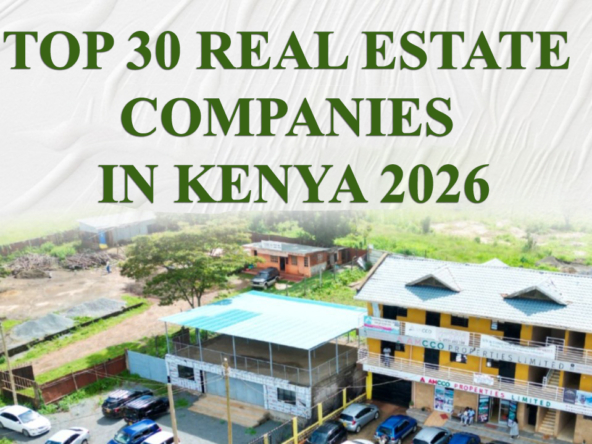Weaving Green into the Concrete: Kenya’s Sustainable Building Revolution in 2025
As global consciousness shifts towards environmental responsibility, Kenya’s real estate sector is increasingly embracing the principles of sustainability. The period leading into 2025 has witnessed significant milestones and a growing momentum towards green building practices, eco-friendly materials, and smart home solutions. This “green revolution” is not just a trend but a fundamental reshaping of how properties are designed, constructed, and valued in the Kenyan market.
A Milestone in Green Certification:
A landmark achievement underscoring this commitment is Kenya surpassing one million square meters of certified green floorspace by May 2025. This significant figure, often highlighted by green building councils and industry bodies, signals a tangible dedication from developers and investors to:
- Reduce carbon emissions from the built environment.
- Promote energy efficiency in building operations.
- Conserve vital resources like water and materials. This milestone indicates that green building is transitioning from a niche concept to a mainstream consideration in the Kenyan property landscape.
Innovations in Eco-Friendly Materials: The “Bamboo Revolution”
Beyond certifications, innovation in sustainable building materials is gaining traction. A notable example is the “Bamboo Revolution,” a strategic initiative focusing on investment in bamboo as a viable, eco-friendly, and economically empowering construction material. Bamboo offers several advantages:
- Rapid Renewability: Bamboo is a fast-growing grass that can be harvested sustainably.
- Strength and Durability: Certain bamboo species possess impressive tensile strength, comparable to steel.
- Carbon Sequestration: Bamboo plantations act as effective carbon sinks.
- Economic Empowerment: Promoting bamboo cultivation and processing can create livelihoods in rural communities. This focus on materials like bamboo points to a construction sector actively seeking alternatives to conventional, often more resource-intensive, options.
Rising Consumer Demand for Eco-Smart Homes:
The push towards sustainability is not solely supply-driven; consumer preferences are also evolving. There is a discernible and growing demand for homes that are not only aesthetically pleasing and functional but also environmentally conscious and technologically advanced. Key features sought by modern buyers and renters include:
- Energy-efficient appliances and lighting.
- Solar panel installations for renewable energy.
- Water-saving fixtures and rainwater harvesting systems.
- Smart home automation systems for optimized energy use and enhanced convenience.
- Use of non-toxic and sustainable building materials.
Drivers of the Green Shift:
Several factors are contributing to this green shift:
- Increased Environmental Awareness: A growing understanding of climate change and environmental degradation.
- Government Policies and Incentives: While still developing, there’s an increasing policy focus on sustainability.
- Long-Term Cost Savings: Green buildings often result in lower operational costs (energy and water bills) for occupants.
- International Standards and Investor Pressure: Influence from global best practices and environmentally conscious investors.
- Enhanced Property Value and Marketability: Green-certified and eco-friendly properties are often perceived as having higher value and appeal.
The Path Forward:
Kenya’s journey towards a fully sustainable built environment is ongoing. Challenges remain, including the initial costs of some green technologies, the need for more widespread technical expertise, and the development of robust regulatory frameworks and incentives. However, the progress made in 2025, particularly in green certifications and material innovation, signals a promising trajectory. As sustainability becomes increasingly integrated into the core of real estate development, Kenya is poised to create healthier, more resilient, and environmentally responsible living and working spaces for the future.




